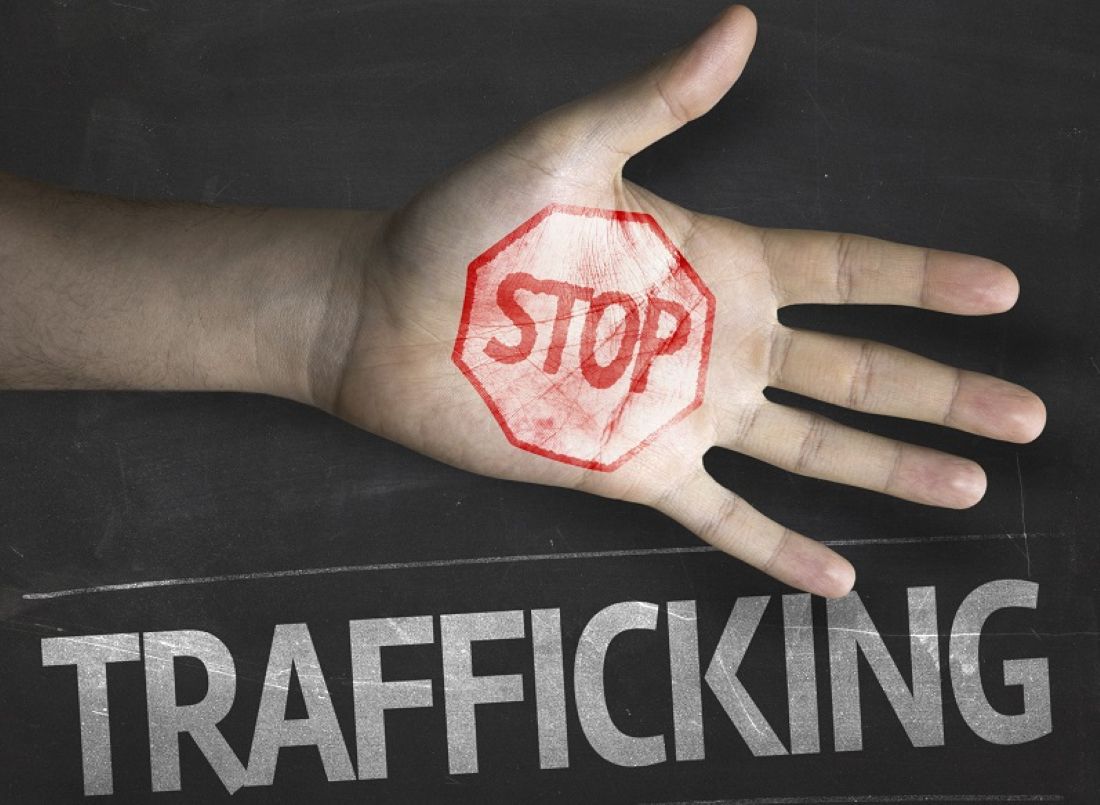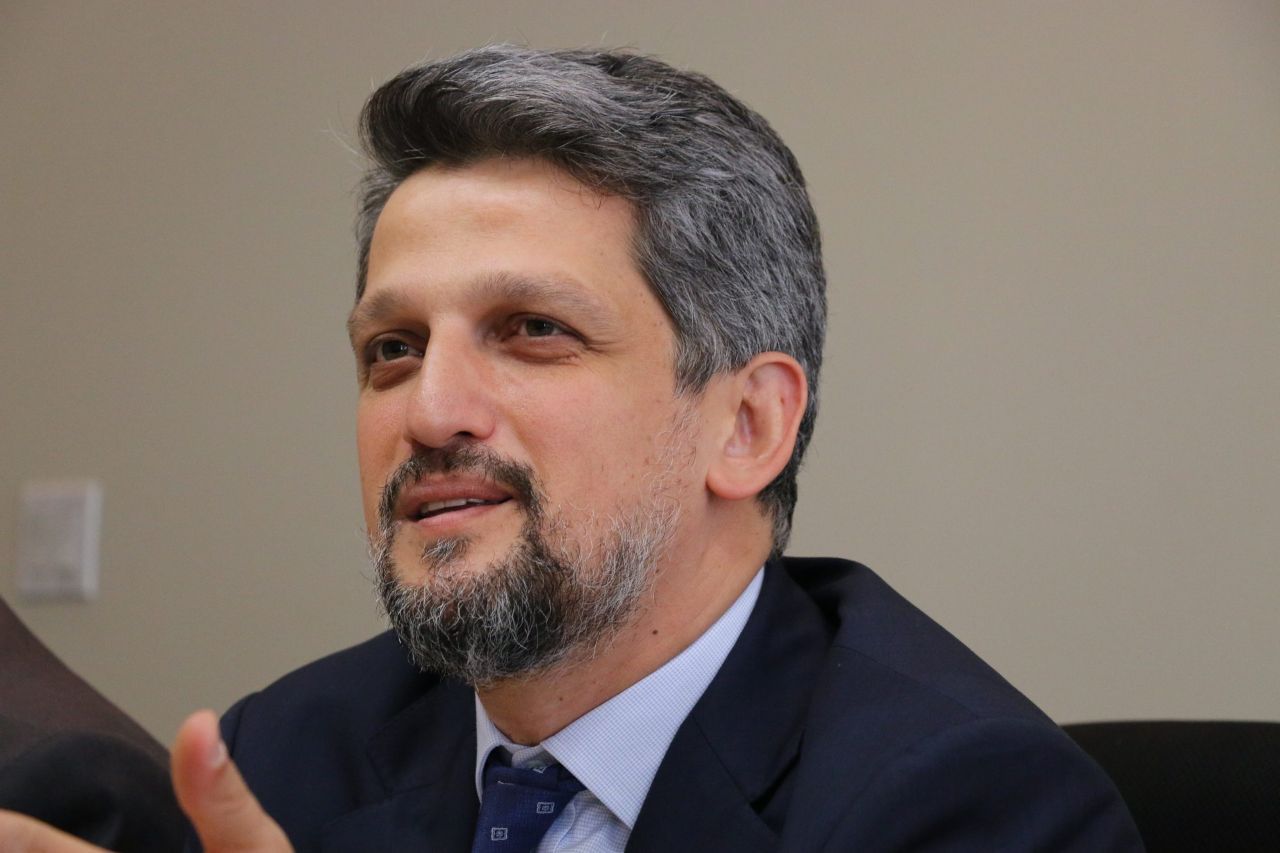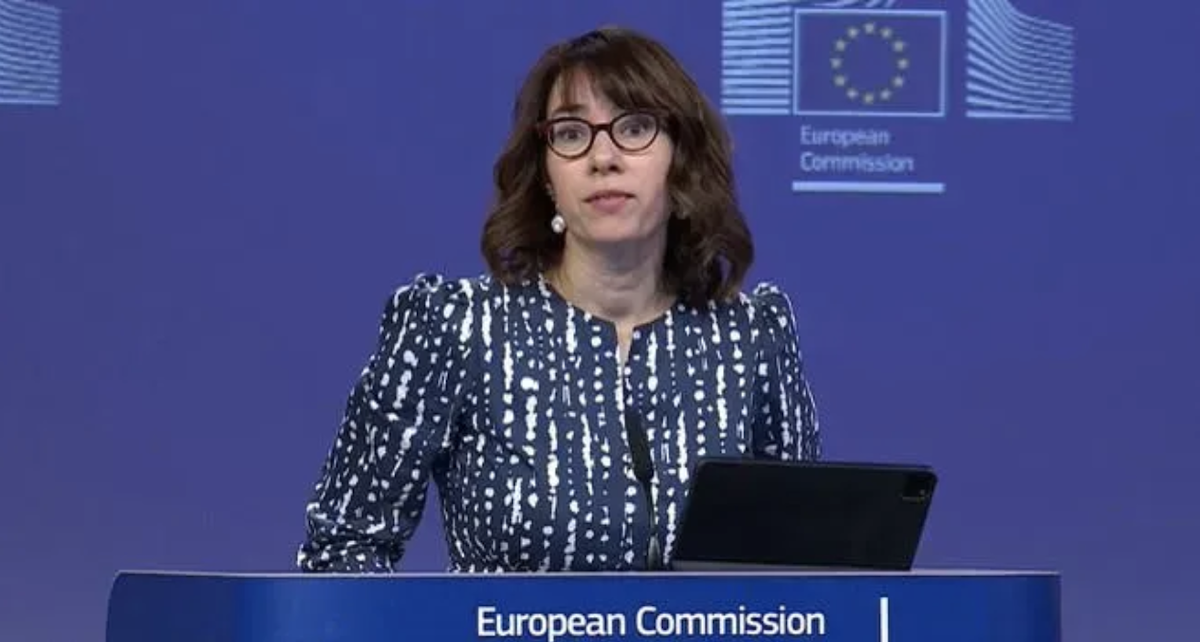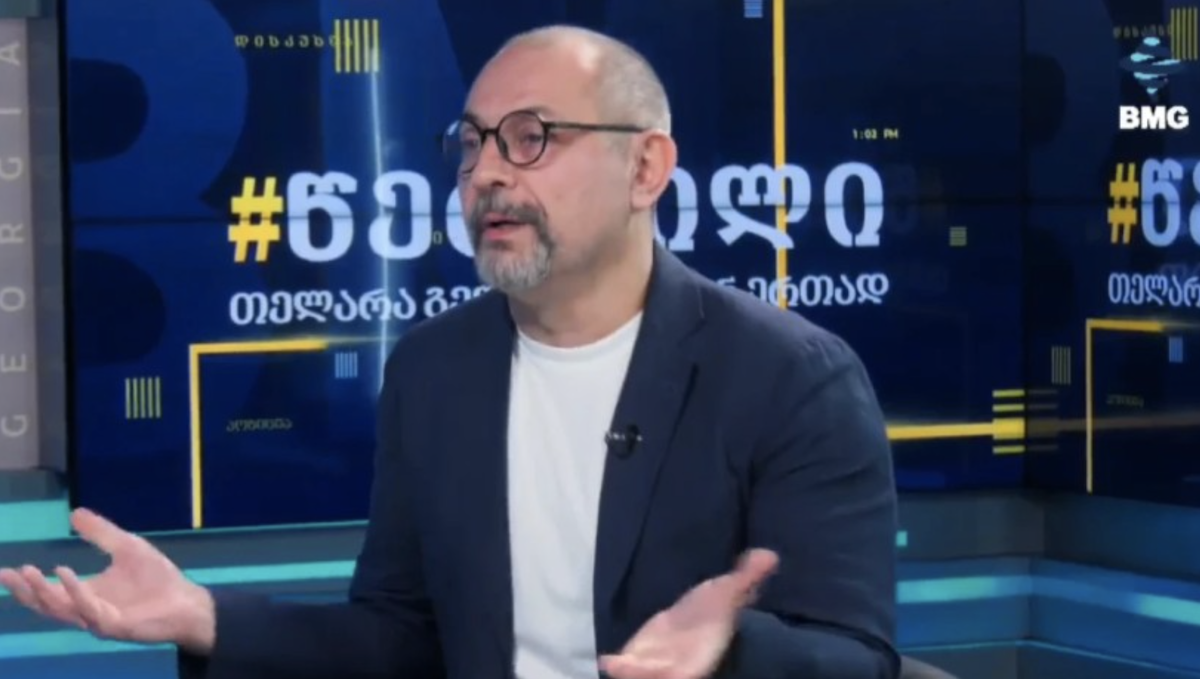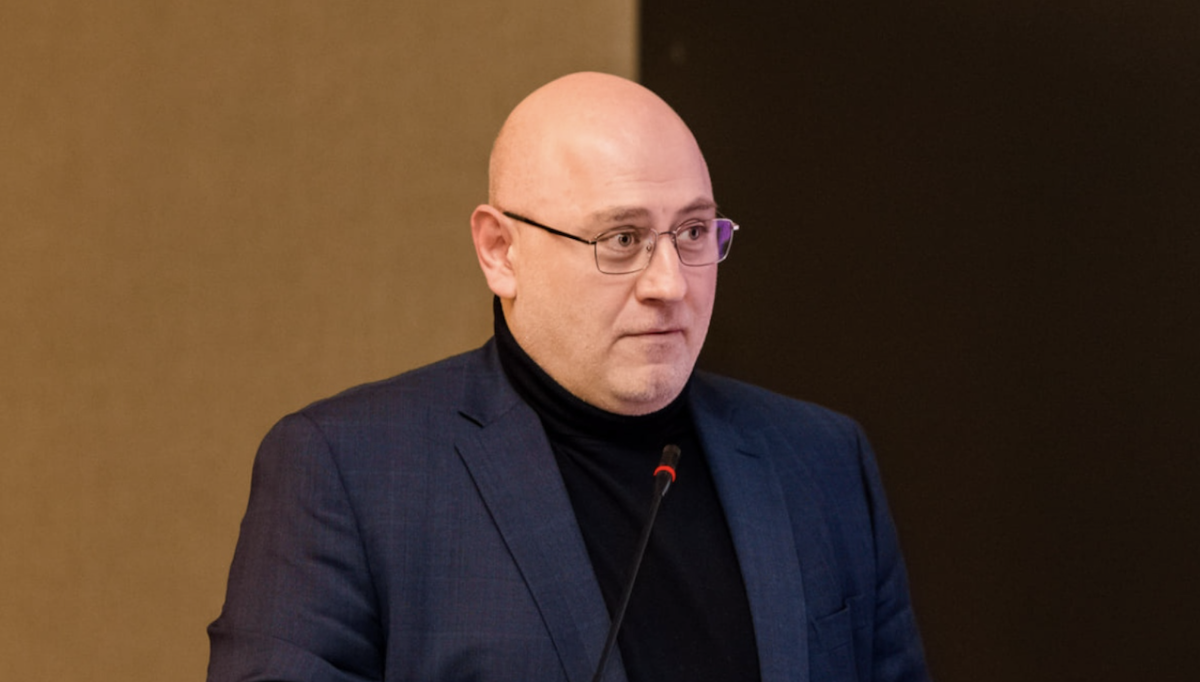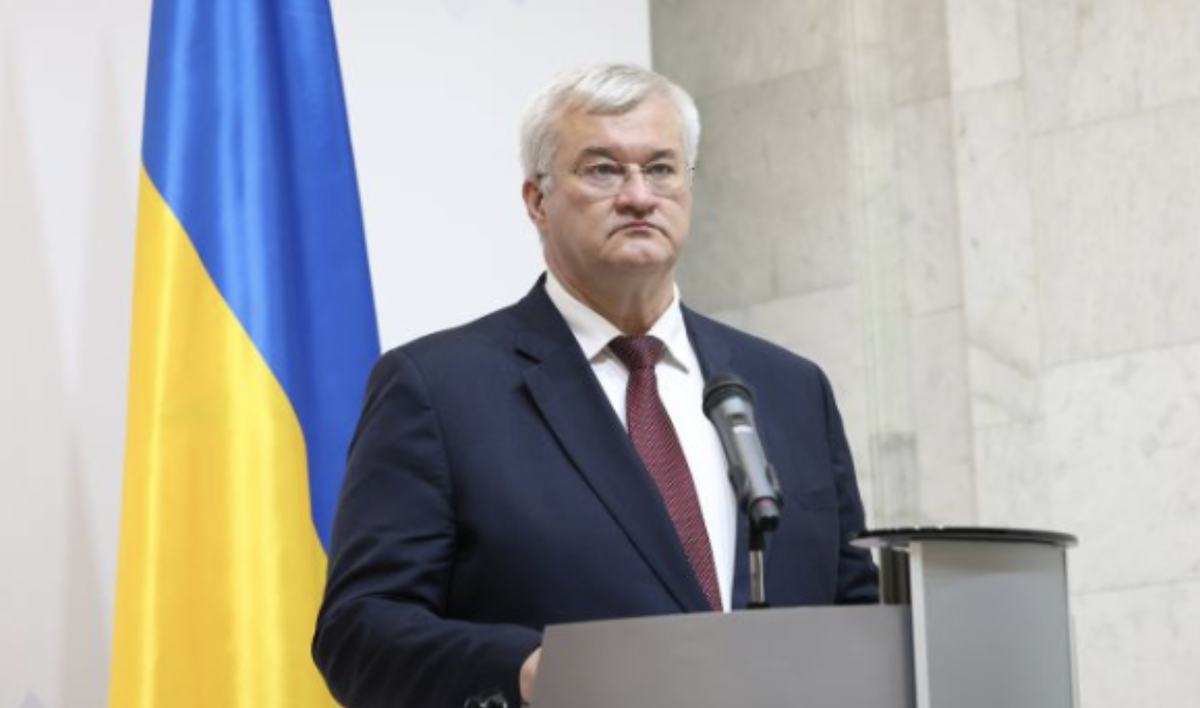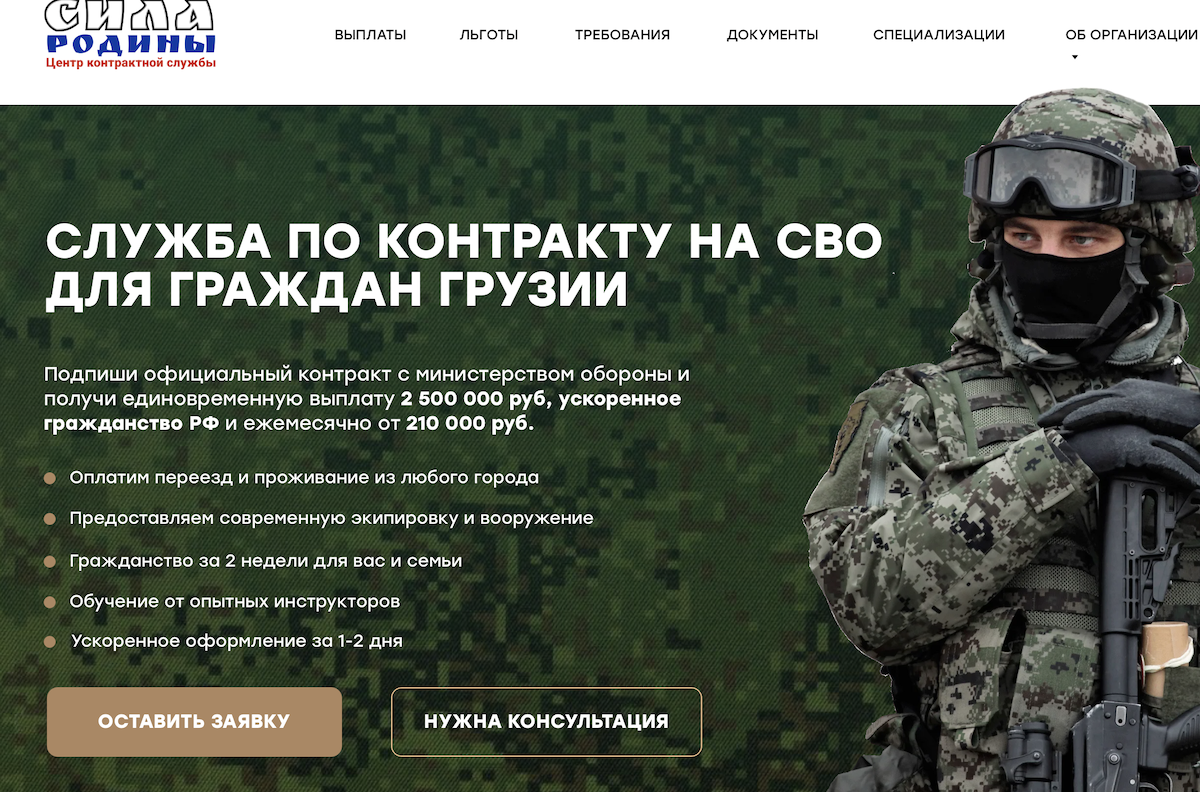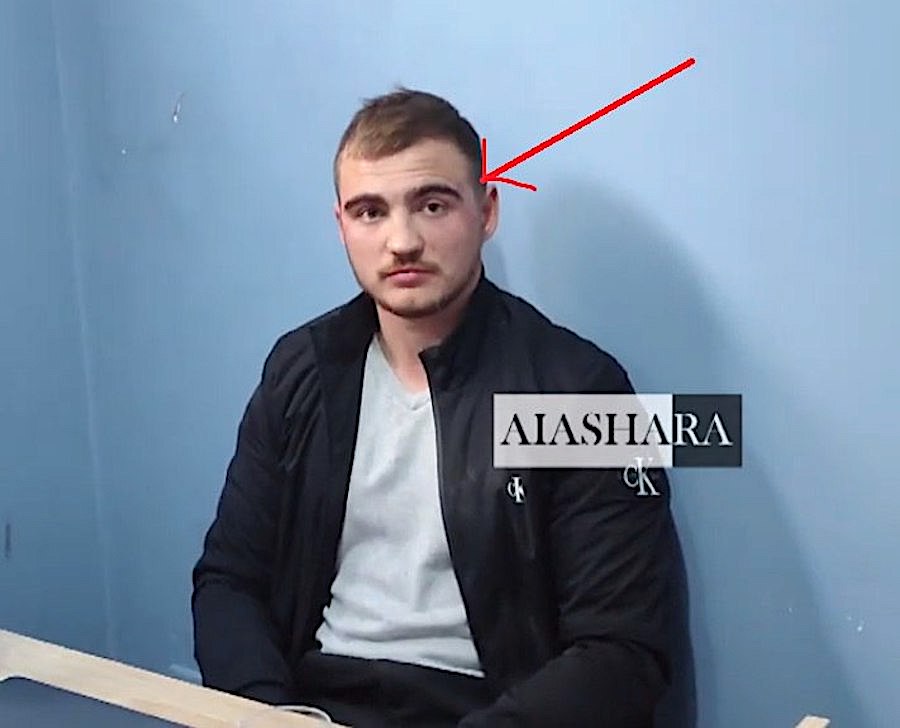The window to Europe. Second round
Photo: Gevorg Ghazaryan
The agenda that changed after September 3
1-year talks on the EU-Armenia framework agreement have finished.
The Armenian President met Donald Tusk , the European Council President, during his recent visit to Brussels and announced about completion of talks. Serzh Sargsyan noted that the document, reflecting the actual scope and depth of the EU-Armenia relations, would be titled the ‘EU–Armenia Comprehensive and Enhanced Partnership Agreement’.
Although the text of the Agreement has not been officially publicized yet, but in view of the number circumstances, the expert claim that this document is of vital importance for Armenia, a member of the Eurasian Union, despite that it is lower in order as compared with the document the Europeans offered to sign in 2013.
The situation certainly would have been more favorable for Armenia if there had been no September 3, 2013, in its foreign policy history. It was on that day that Armenia refused to sign the Association Agreement with the EU, including its part-Deep and Comprehensive Free Trade Areas Agreement. President Serzh Sargsyan reported from Moscow that a process of integration into the Eurasian Economic Union was launched in its stead.
Given that those events developed almost simultaneously with the Ukraine crisis, after Maidan it became evident for many that it was Russia that hampered the development of EU-Armenia relations. What else could have made Sargsyan change country’s foreign policy overnight and prefer to integrate into the structure that was only being formed, that didn’t promise any bright future and that had no member-states bordering Armenia?
EU-Armenia relations in a new wording
Since September 3, Armenia had been pursuing the so called ‘both… and’ policy. It neither gave up on intensification of ties with the EU, nor did it reject its membership in the EAEU. Thus, Armenia tried to prove that its decision hadn’t been made under Russia’s pressure. However, in those days, the EU officials rejected any possibility of combining those two, pointing out that Armenian’s commitments in the EAEU couldn’t but contradict the EU principles. Thus, Armenia has had to choose between the EU and the EAEU.
For certain period, the fate of EU-Armenia relations had been up in the air in uncertainty, but then the following statement was made: ‘The EU-Armenia Association Agreement will not be initialed due to the country’s new international commitments as part of the Customs Union, but rapprochement with the EU in the sphere of human rights, establishment of democracy, justice and some other fields, will continue.’
The EU changed its shocking and, at the same time, tough rhetoric that had been voiced since September 3. It stated as follows: ‘The EU respects Armenia’s sovereign decision and it will continue facilitating the areas that are compatible with official Yerevan’s new commitments. As a result, as Serzh Sargsyan noted, the agenda of the EU-Armenia relations ‘has been redacted, but not cancelled.’
The beginning of framework relationship
Russian expert and political circles were proud of Armenia’s rapid engagement in the Eurasian Economic Union, which soon yielded certain results: on January 2, 2015, Armenia joined the Eurasian Economic Union.
However, on December 7 of the same 2015, Federica Mogherini, the EU High Representative for Foreign Affairs and Security Policy and Edward Nalbandyan, the Armenian Foreign Minister, announced the launch of talks on a new legal framework document. The EU and Armenian officials expressed hope that the new agreement would include maximal number of items, the sides would be able to agree on.
The analysts were unanimous in the opinion that the EU had changed its approach, realizing that otherwise Armenia would be left alone with Russia and the EU would lose its influence. The EU officials stated that Armenia was an important country in the region for them.
A few steps backward
Daniel Ioannisyan, a representative of the Union of Informed Citizens, who was in Brussels the day the talks were completed, has noted that despite the fact that the new document is a big step backward compared with the Association Agreement, its political part hasn’t been changed:
“Nearly 90% of its political component have been actually maintained. The new agreement is almost the same as the Association Agreements with Moldova and Georgia. As for its economic component, it is very shallow due to Armenia’s membership in the EAEU.”
At the same time, Ioannisyan believes that Armenia is now at the same stage of relationship with the EU as in 2013, when talks on the Association Agreement were concluded, but it was not actually initialed.
Therefore, he is concerned that Armenia may refuse to sign the document this time as well: “September 3 risk hasn’t gone yet. We were at this very stage last time, when Armenian government set back. I’m in Brussels now and I can say that September 3 is still remembered here. But we are still hopeful that things wouldn’t develop under the same scenario and the EU-Armenia cooperation agreement will be signed at least this time. Otherwise, it will have a serious impact not only on the Armenian authorities’ reputation, but also on country’s development and its future prospects, in general.”
The timeframe for initialing and signing the agreement is only preliminary. Initialing is scheduled for May, signing – for November. According to Ioannisyan, it can’t be done earlier, because the document needs to be translated into the languages of all EU member states, then edited and submitted for approval to the parliaments of all EU states.
The price of election rigging
New-type elections will be held in Armenia on April 2 this year. After the elections, the country will shift onto the parliamentary system of government, chosen by the Armenian citizens as a result of the nationwide referendum. There are behind-the-scenes concerns that if elections are not free, fair and transparent, they may affect not only the EU-Armenia relations, but may also lead to the EU not ratifying a new legal framework agreement.
Are visas beyond the agenda?
On a side note, there have been fierce debates over the agreement on social media. Although the social media users have been primarily concerned about the visa liberalization issue, some other themes have been also discussed in parallel.
Trend 1: Armenia will only benefit from signing the agreement
“Any agreement with the EU should be regarded as a positive phenomenon. However, are there any guarantees that Russia won’t hamper its signing again?
“This document will have only positive impact on EU-Armenia cooperation. It is of great importance for further institutional cooperation. Another process will come to a head after signing the agreement-liberalization of visa rules, with regard to which there already have been some positive messages coming from Brussels.
“Visa liberalization process has been always proceeding parallel to talks on Association Agreement; it doesn’t depend on the Agreement content, so it may, in no way, be reflected in the new document.”
Trend 2: There are no coincidences in politics
“EU wasn’t ready to finally give up on Armenia and it won’t do that. The EU officials realize that if they give up on Armenia, we will have no other alternative but Russia. For example, if the West stops providing loans to us, Armenia will become dependent on the RF.”
Trend 3: There will be no visa liberalization for Armenia at least in the near future
“Sad news: visa liberalization under the EU-Armenia agreement is just a ‘long-term’ objective.
“The fact that liberalization of the visa regime can be formulated as a long-term objective isn’t sad, it has been expected. Europeans aren’t naive and they don’t fall for such kind of cheating, like: ‘both…and …’.
“In case of proper development, the visa issue can be solved beyond the Agreement agenda. But at least two years should pass after launching the process … And if there are no corresponding processes, even more optimistic wordings in the agreement will hardly help. “










